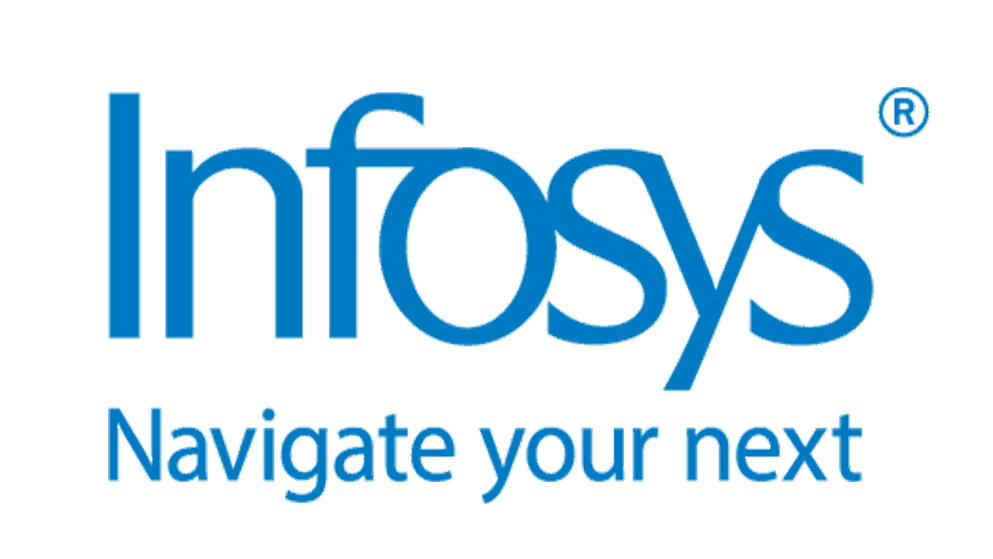
This “great transfer of wealth” will impact millions of people around the world and could potentially open up exciting opportunities to change our financial systems and redistribute wealth to support both people and our planet. However, in the near future, this unprecedented transfer of wealth poses a major challenge for banks, especially those that provide services to high-net-worth individuals.
Between now and 2025, $35.8 trillion (42%) of total wealth transfers are expected to come from high- and ultra-high-income households, which together make up only 1.5% of all households. In most cases, the children and grandchildren of these wealthy individuals (the likely recipients of the remittances) now use different banks.
Younger generations are not loyal to the banks their parents prefer, leaving existing banks at risk of losing trillions of dollars in investments in the coming years. In fact, 87% of children plan to take control of their inheritance elsewhere, meaning incumbent banks could see a significant reduction in the size of their assets under management.
To minimize these risks, banks urgently need to attract the younger generation who are about to become successors, and this means understanding their needs, values and preferences, which are very different from the needs, values and preferences of their parents and grandparents.
At the same time, banks need to work with their existing high-net-worth clients to ensure a smooth and secure transfer of wealth to their children. This process must be implemented digitally and meet the needs of all generations.
Understanding generational differences is critical to creating a robust wealth transfer process.
To attract the next generation of investors, banks must focus on education, convenience and value.
The younger generation needs the right support and advice to maintain and grow the wealth they have inherited. Many of them do not have the same level of knowledge and experience in investing as their parents. Amazingly, when it comes to retention
family wealth is estimated to be 70 percent of wealthy families lose their wealth by the second generation, and 90 percent by the third.through a combination of asset dispersion, capital losses and inheritance tax.
It is critical that banks recognize that younger generations are far more digitally literate than baby boomers. They prioritize the speed and convenience of digital banking and pride themselves on using only the most innovative apps and digital services. Indeed, by 2030 up to 80% of new wealth management clients will want access to financial advice using the Netflix model. it is data-driven, hyper-personalized, continuous, and possibly subscription-based.
The majority of millennials report that they would be willing to use digital banks or fintech for their investment activities, and nearly half would be willing to move the majority of their assets to fintech to generate 24/7 returns. accessibility and greater convenience.
The process of wealth transfer is an opportunity to bridge the digital divide between generations.
The reality is that the current wealth transfer process is unclear and inconsistent, often based on offline personal relationships between wealthy individuals and their advisors. A lack of transparency and communication in intergenerational succession planning acts as a barrier to the smooth and efficient transfer of assets.
Barring exceptions, baby boomers tend to be less digitally savvy and more wary of managing assets and transferring them over digital channels. High net worth individuals often have complex and diverse assets and need to stay ahead of tax reform and navigate global residences to maximize their assets for their children and grandchildren.
If banks are to address the challenge of intergenerational wealth transfer in the coming years, the starting point must be effective digitization of the wealth process, balancing the need for innovation to attract younger generations with the need to convince older clients of the feasibility and security of digital services for managing and transferring their assets.
By bridging the digital generational divide, banks can maintain and strengthen their relationships with older affluent clients by helping them prepare their assets for transfer and involve their children and grandchildren in the process earlier through more transparent communication.
Building customer trust and loyalty through a digitally enabled wealth transfer process.
A transparent digital wealth transfer process can give older generations a sense of control, with features that will allow them to share information and be more transparent to the next generation about what they will inherit. It can also help families retain the knowledge and relationships built over many years by combining an intuitive digital experience with the expertise and personal touch offered by consultants.
Importantly, through a strategic digital wealth transfer process, banks can engage new generations by creating customized content based on their own interests. By doing so, they can help millennials and Gen Z increase their knowledge and confidence in investing, strengthen brand equity, and reduce the likelihood that younger generations will take their inherited wealth elsewhere.
Increasingly, many wealthy individuals are not waiting until their existential end to pass on their wealth, pursuing a different strategy beyond the traditional transfer of wealth through wills and trusts. The process of digitally enabled wealth transfer greatly simplifies the process of giving back in life on both sides, which in turn provides banks with an ongoing opportunity to demonstrate innovative services to younger clients.

Senior Vice President
Regional Head of Financial Services, Infosys
About the author
Micha Helbig currently responsible for financial services for Infosys in continental Europe. He has nearly 30 years of experience in consulting, business development, client relationship management and alliance management. At Infosys, he is a leading customer partner in several key relationships and also chairs the Mortgage Lending Council, which is a global team focused on growing Infosys’ business in the mortgage sector. In his current role, Micha is focused on ensuring that Infosys customers receive maximum value from the Infosys organization and that Infosys serves as a strategic partner to help customers achieve their business and technology goals. Previously at Infosys, he worked with Infosys in Australia and New Zealand in financial services, as well as insurance, healthcare and life sciences. Mika currently resides in Amsterdam, the Netherlands. He received his master’s degree. He holds a Master’s degree in Business Administration from the University of Groningen and a Master’s degree in Sports Administration and Facilities Management from Ohio University in the USA. In his free time, Misha enjoys spending time with his wife Hannah and son Jules, staying in shape, doing CrossFit, and reading (mostly crime novels and management books).

